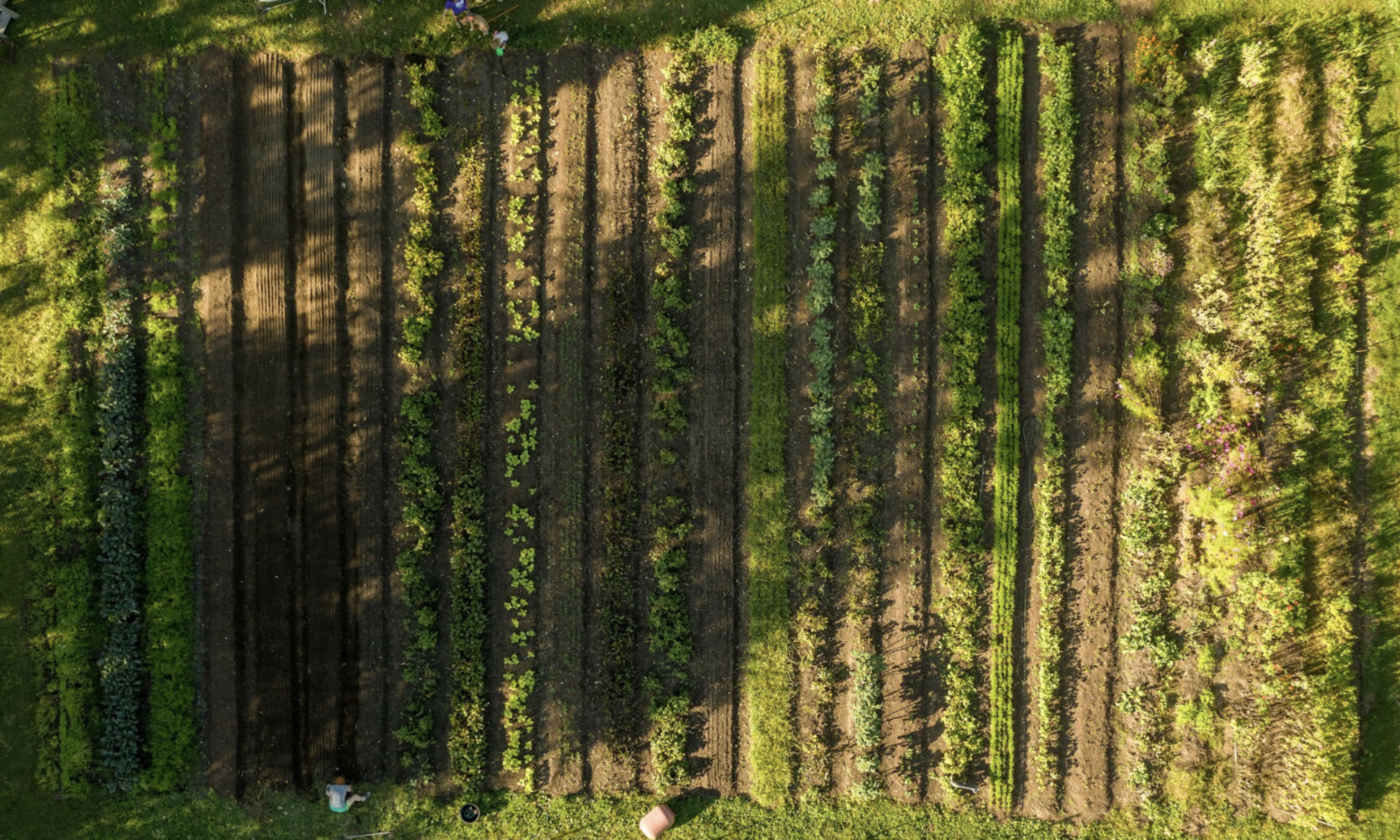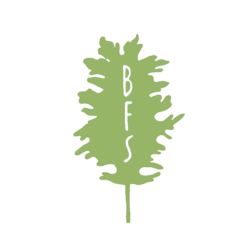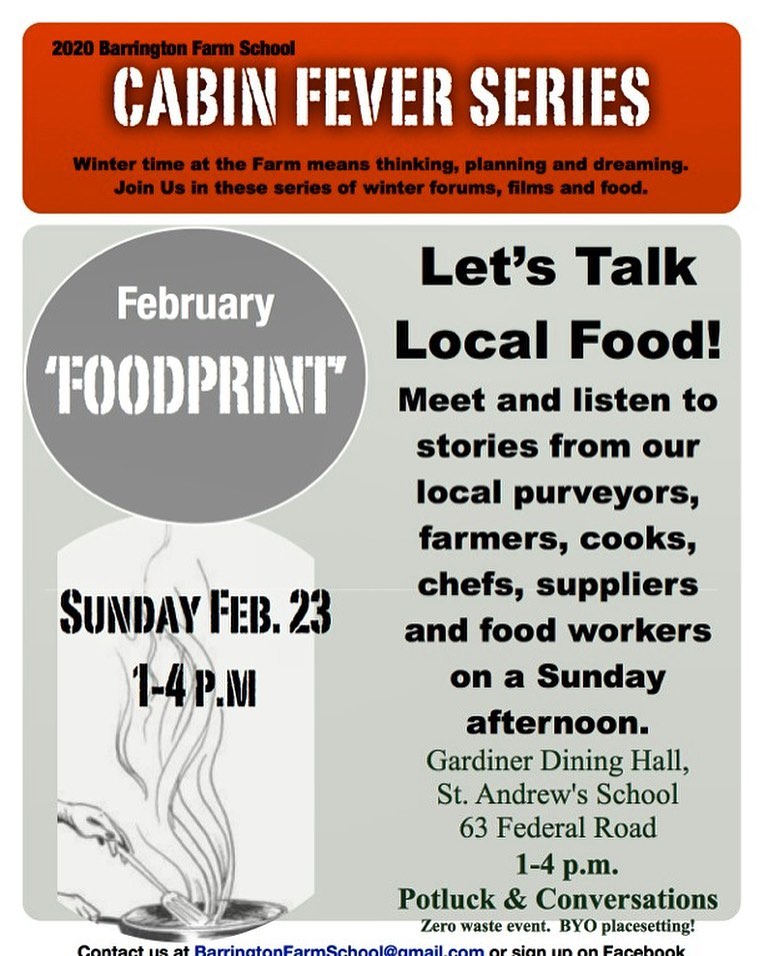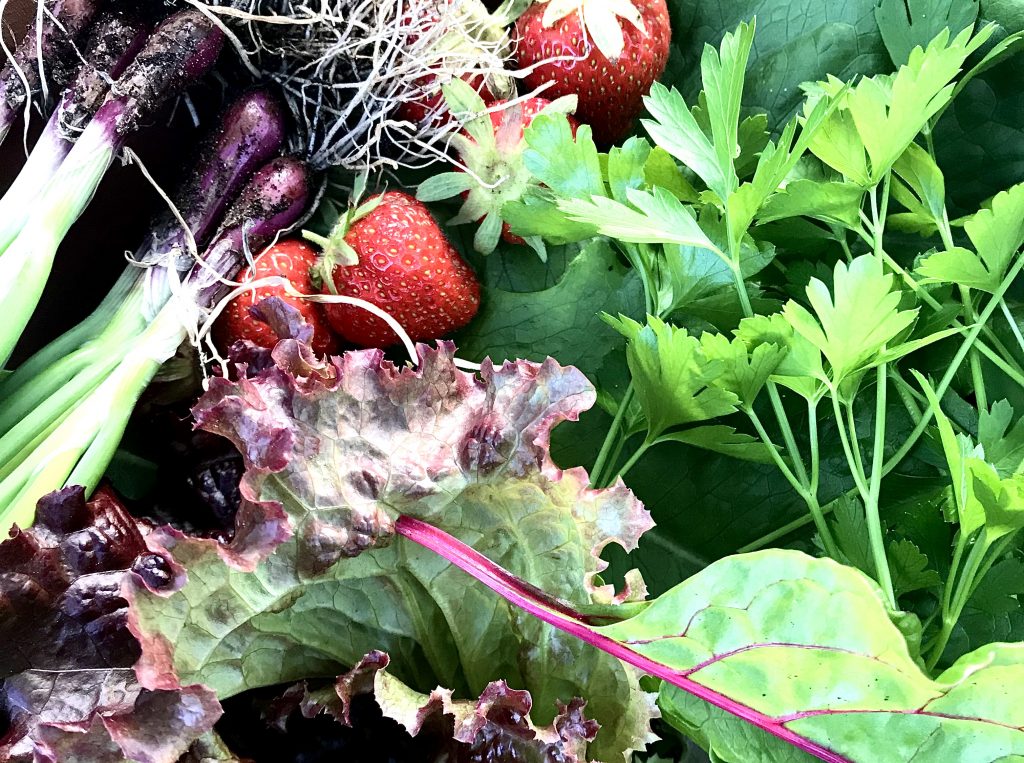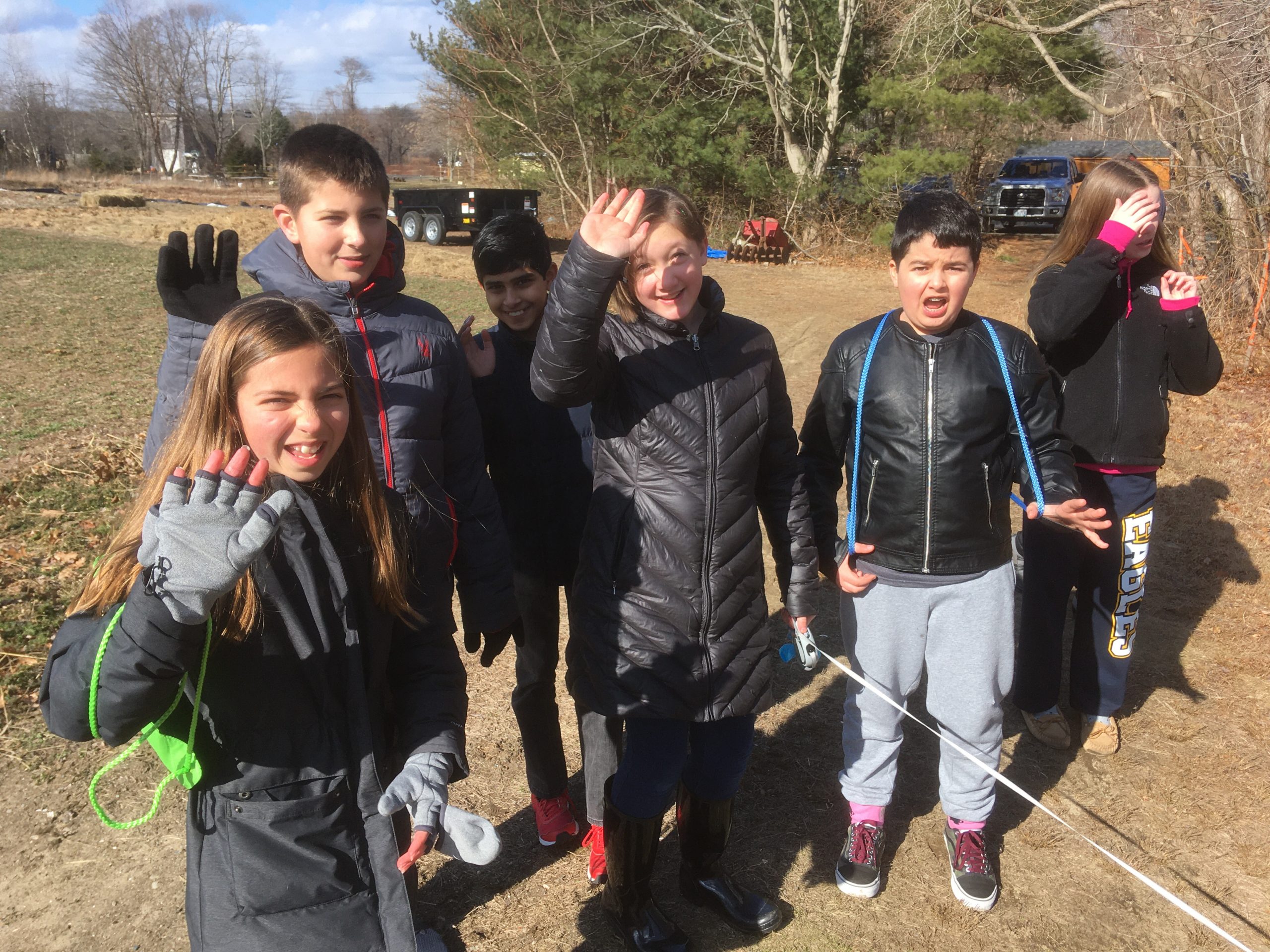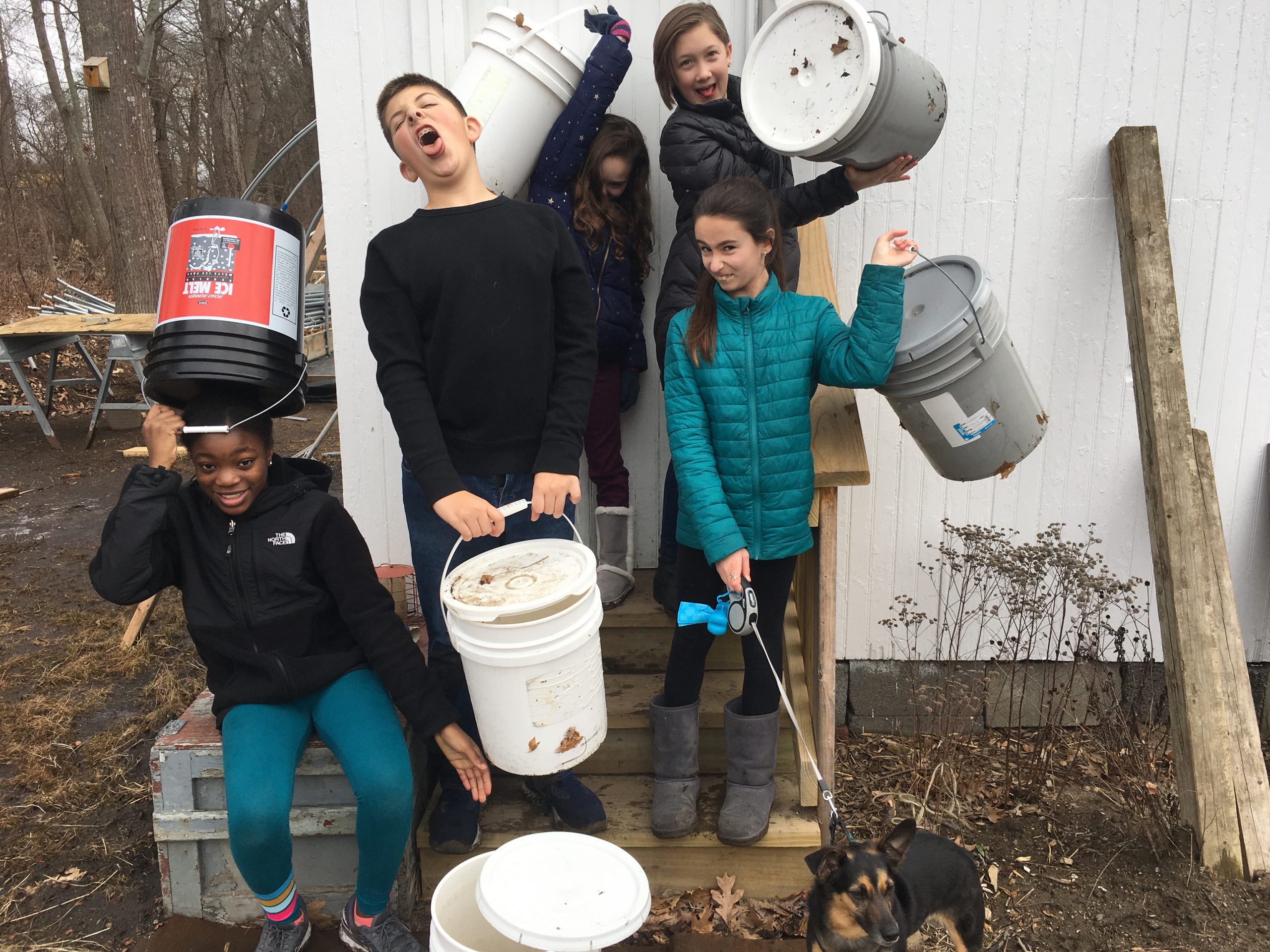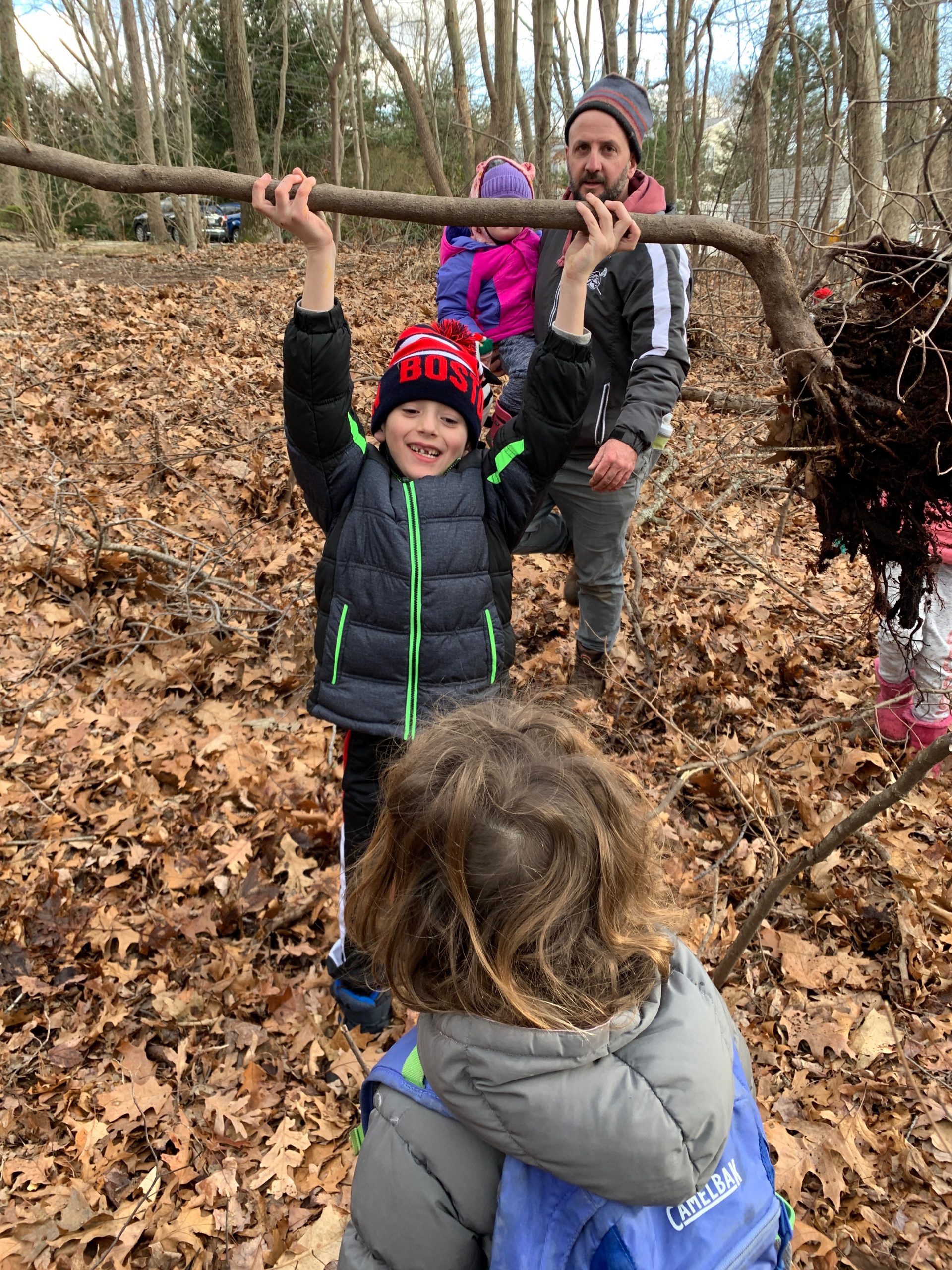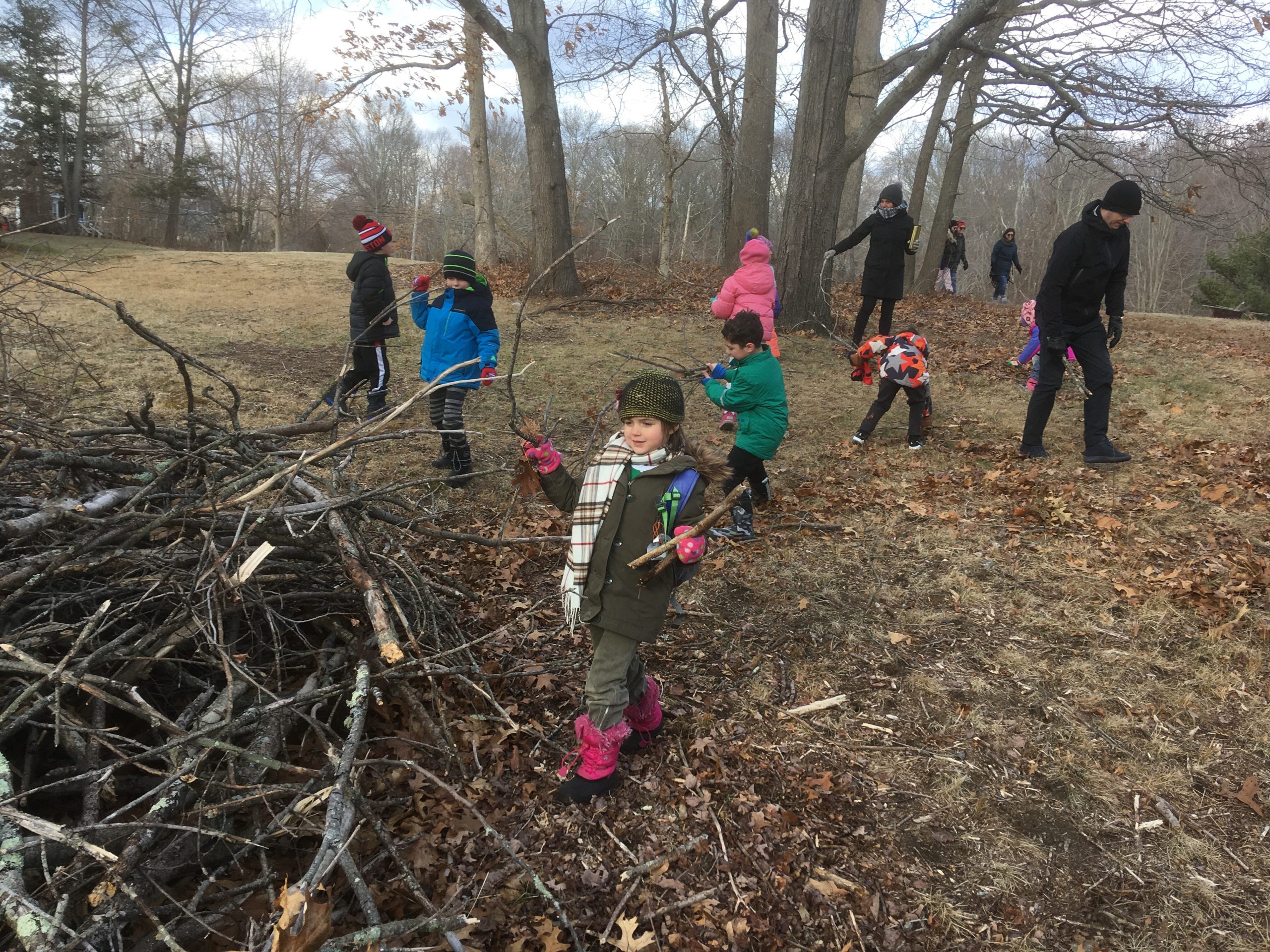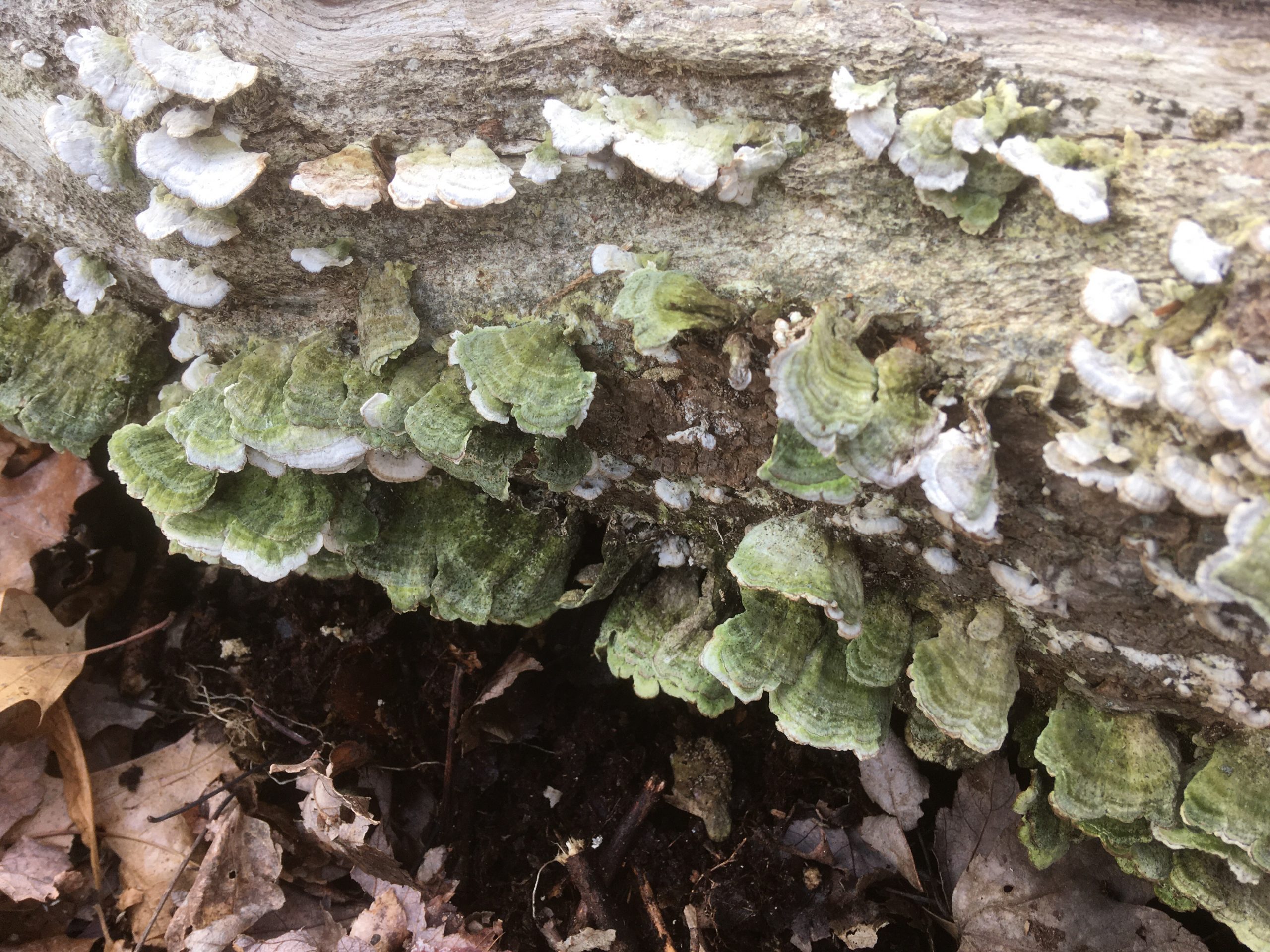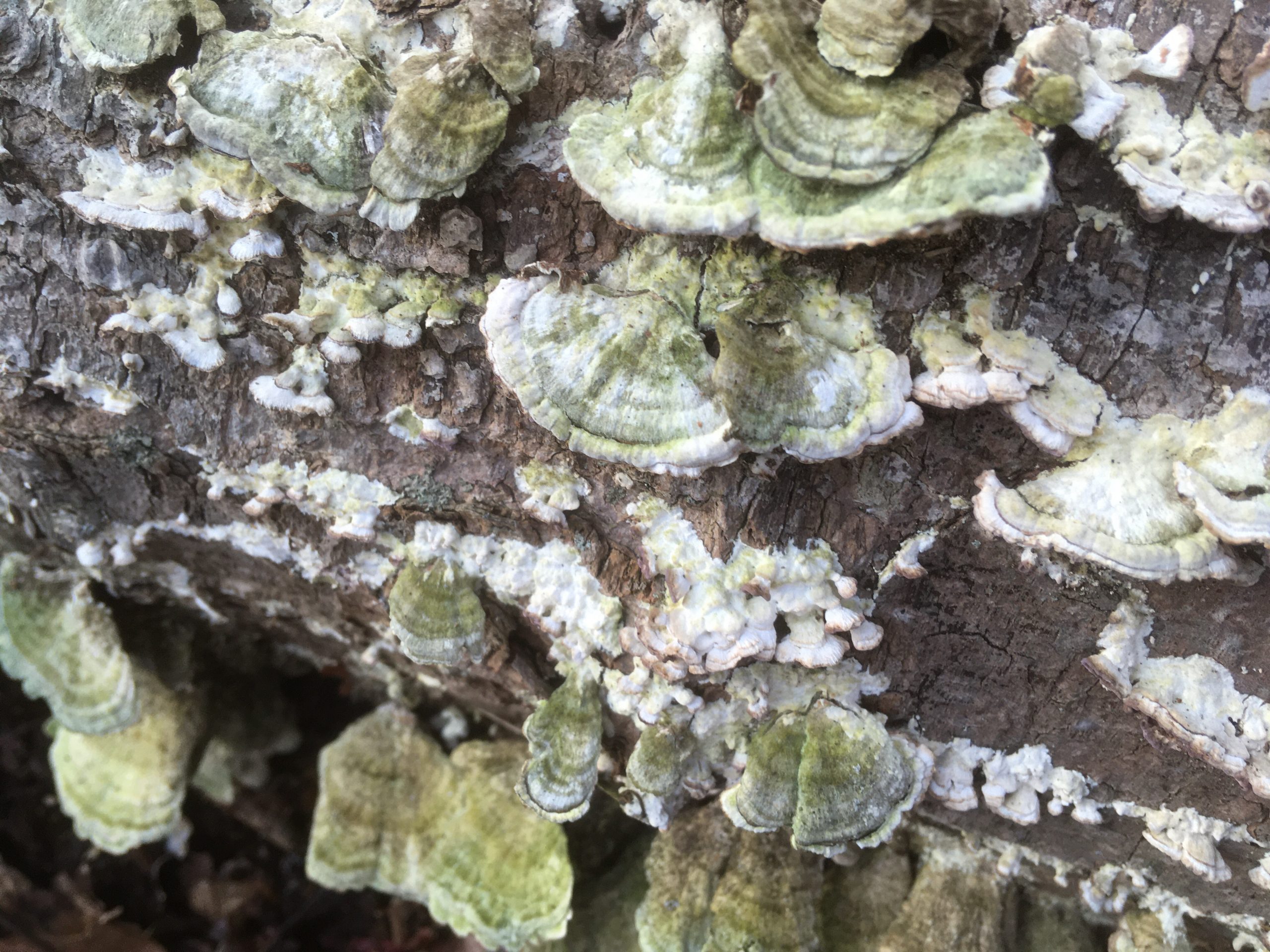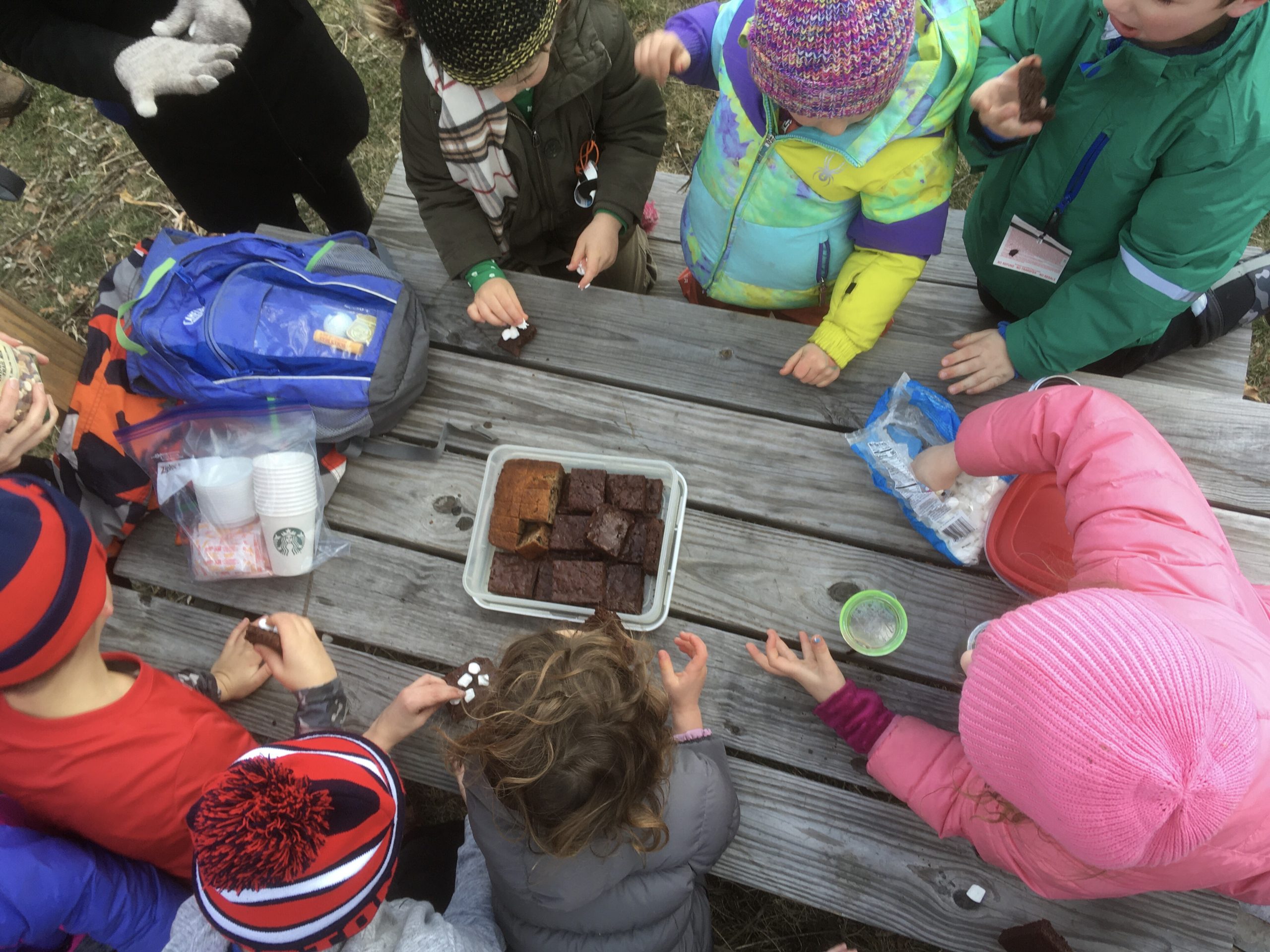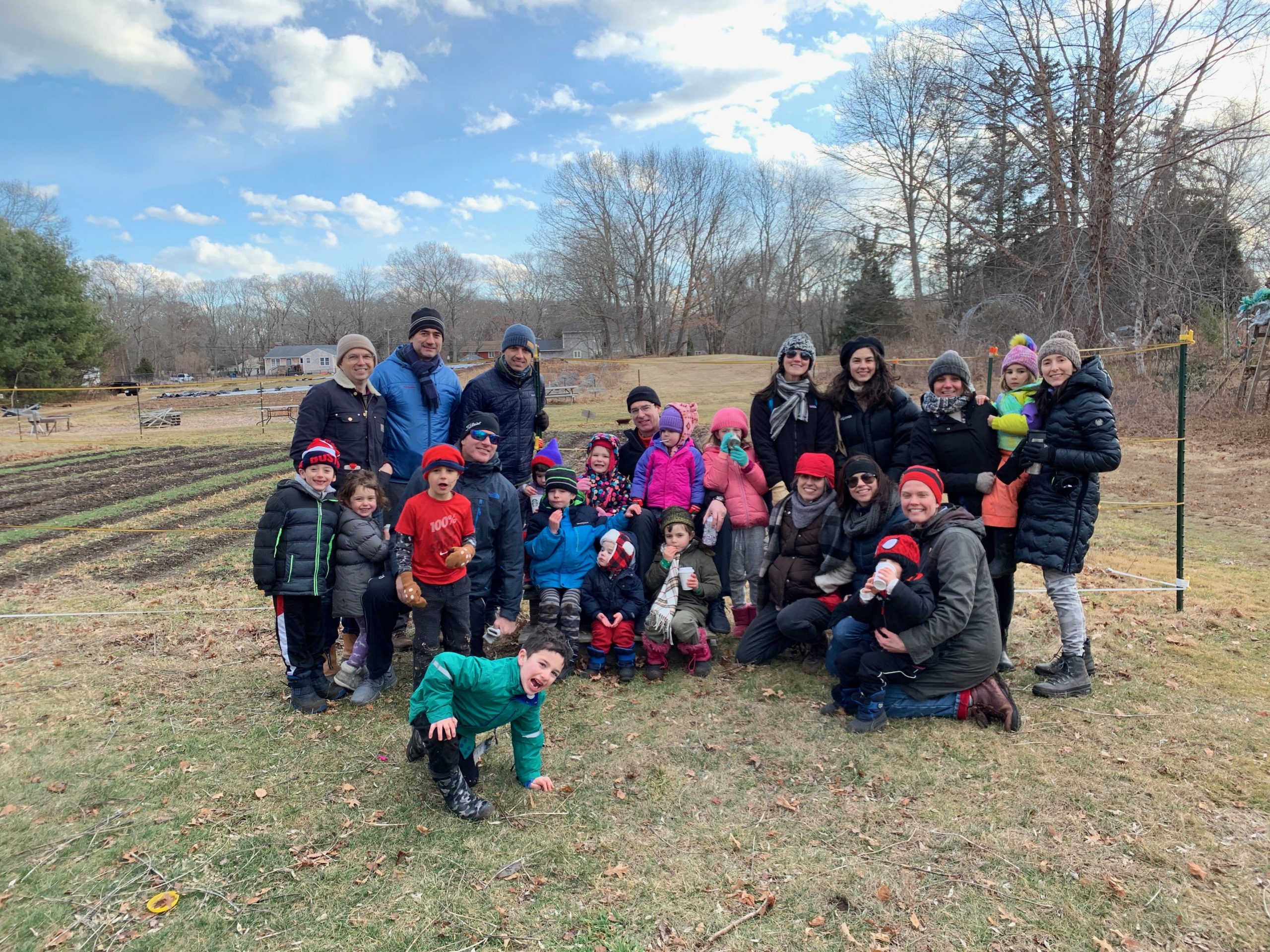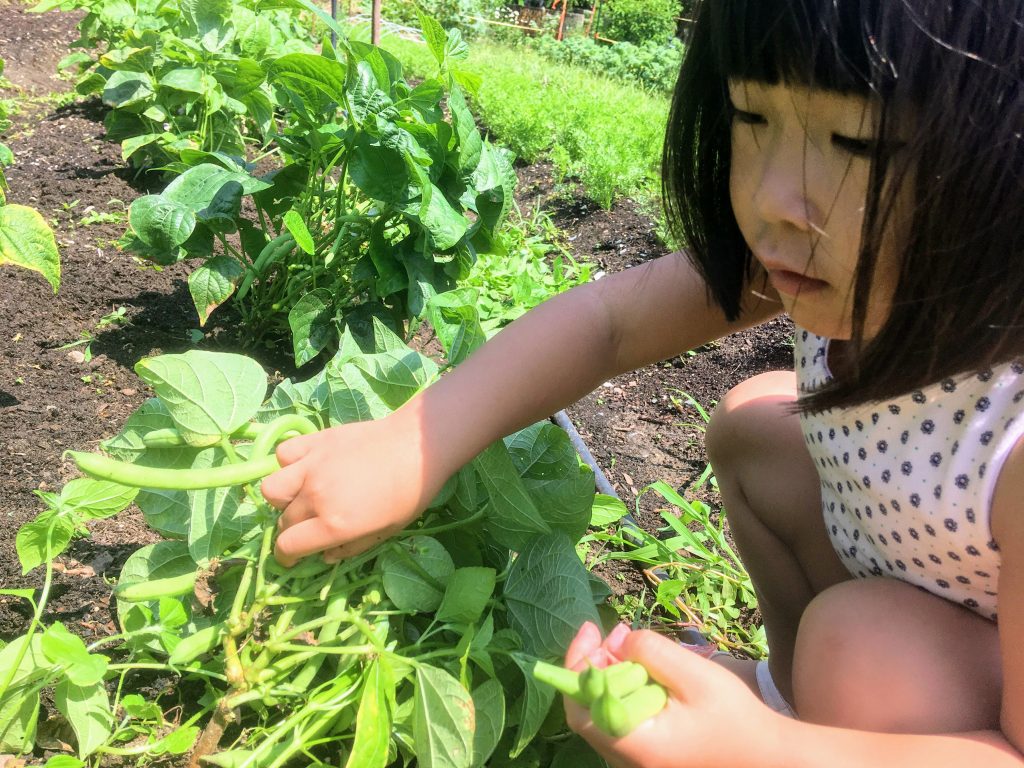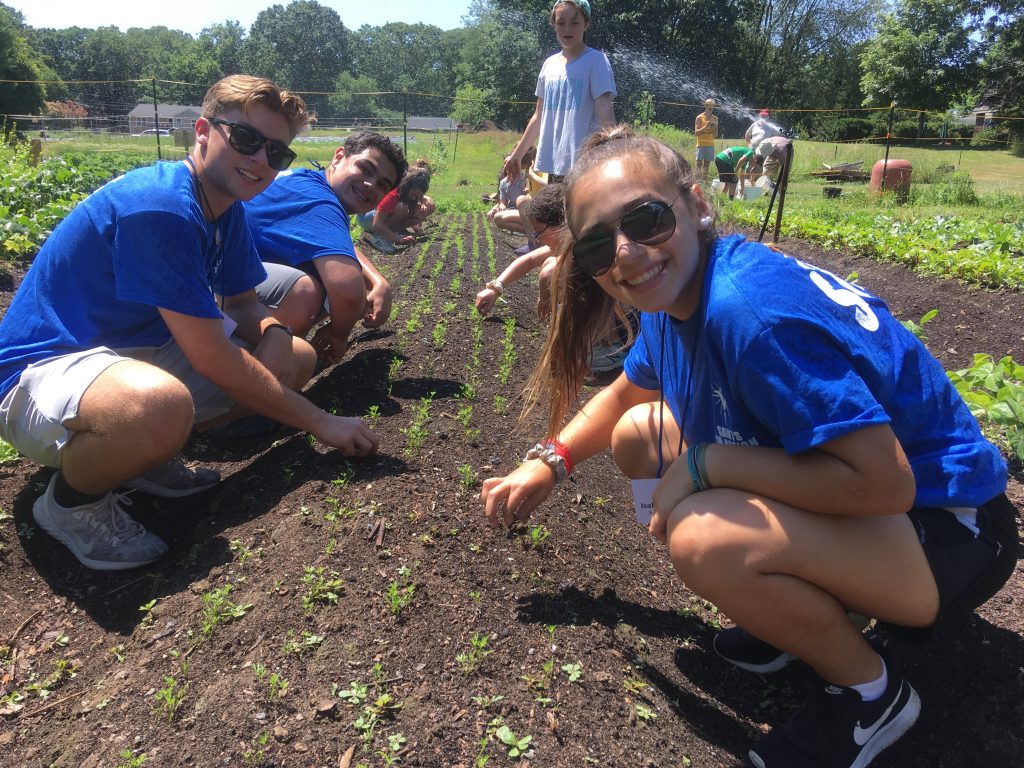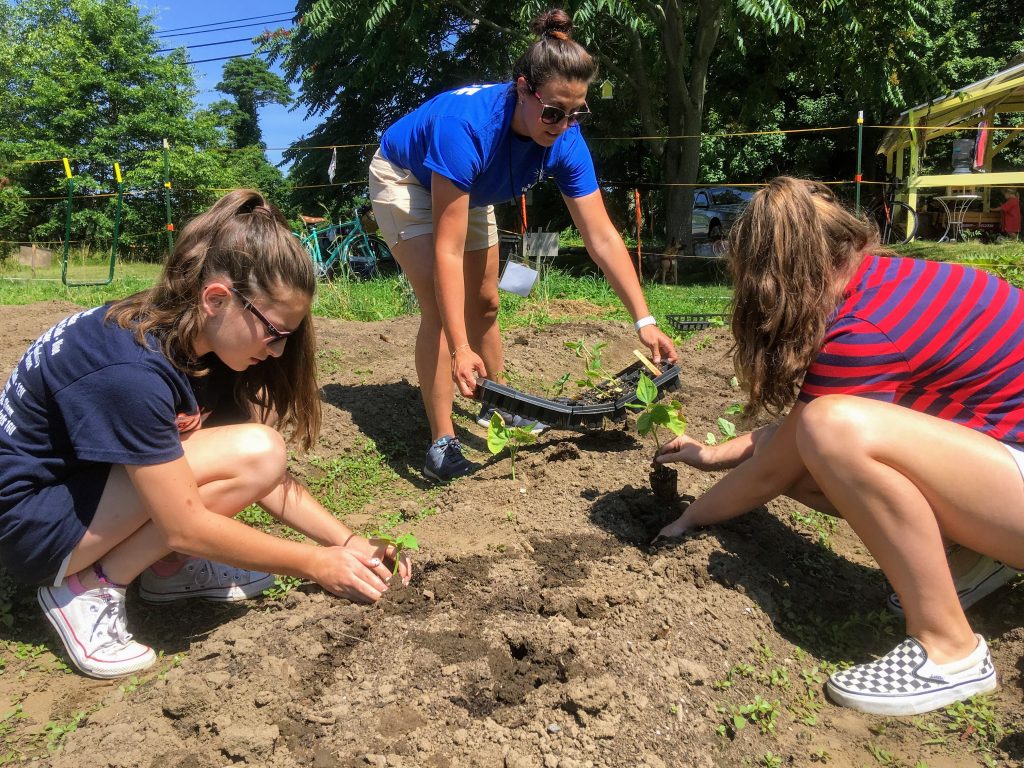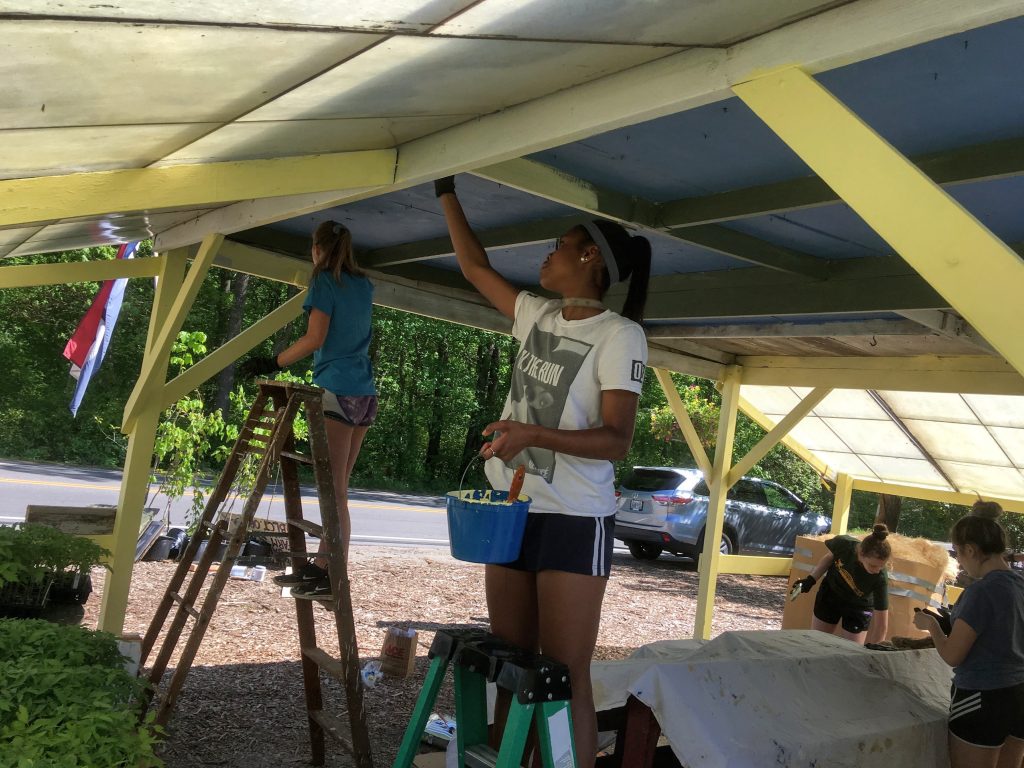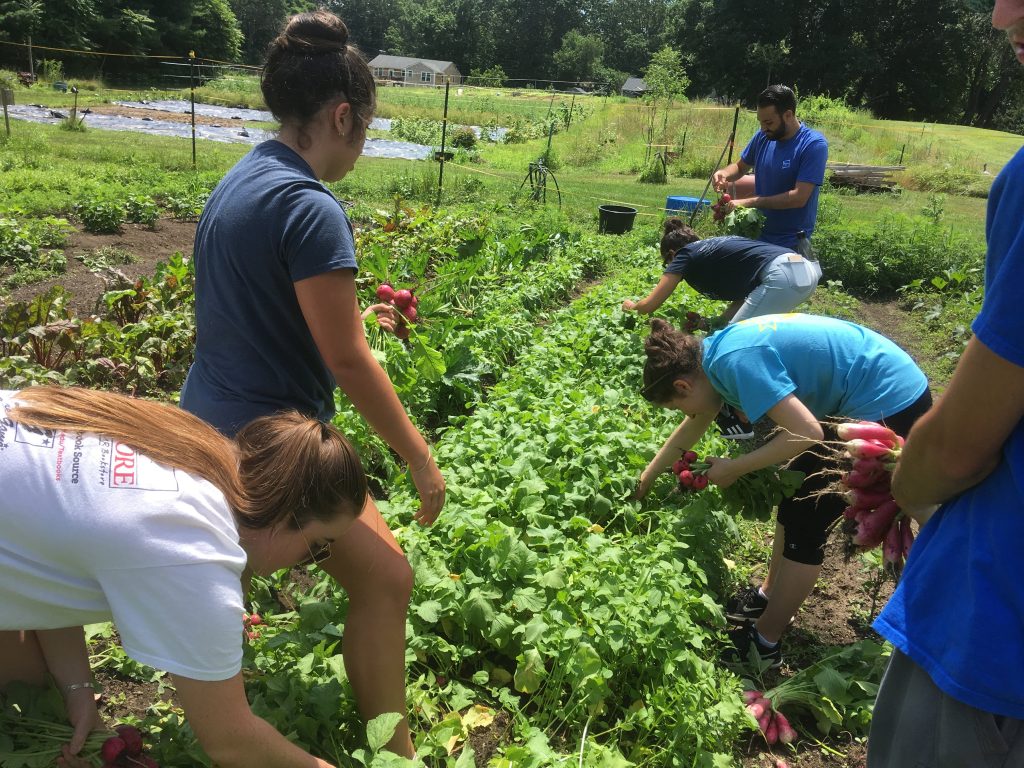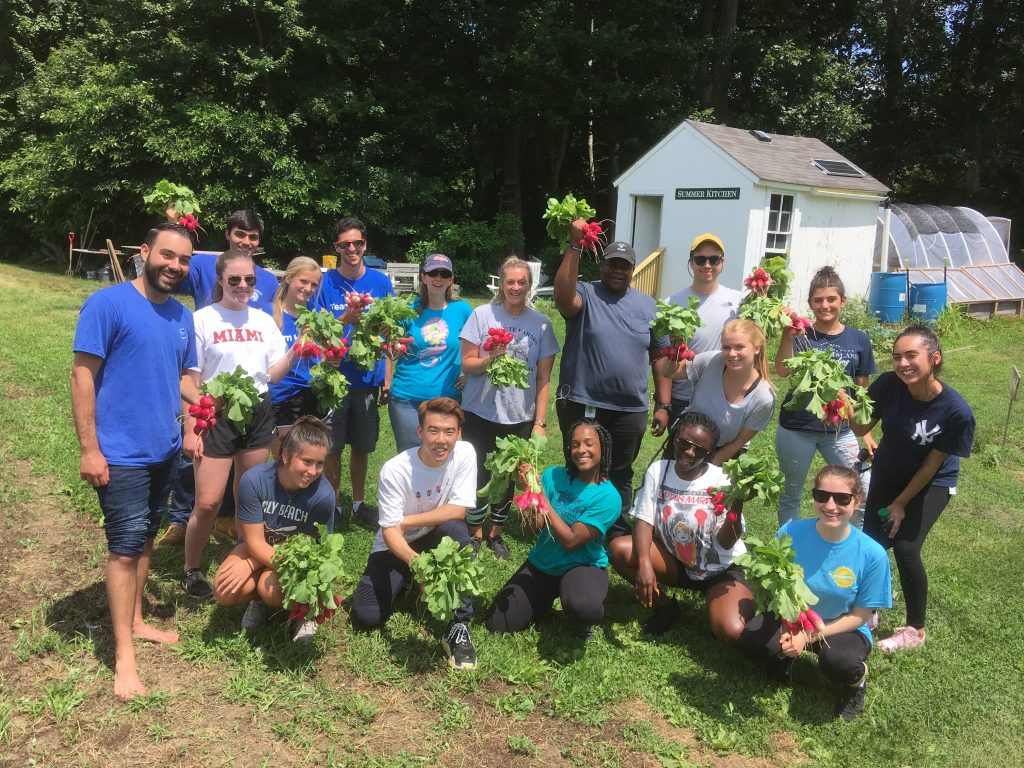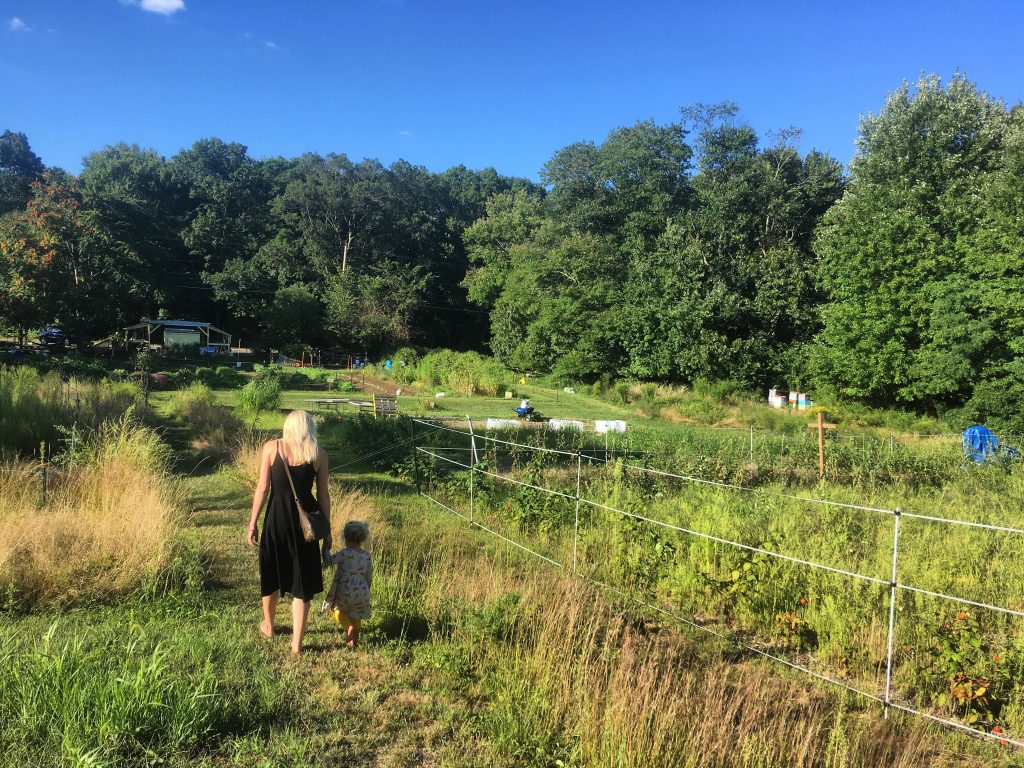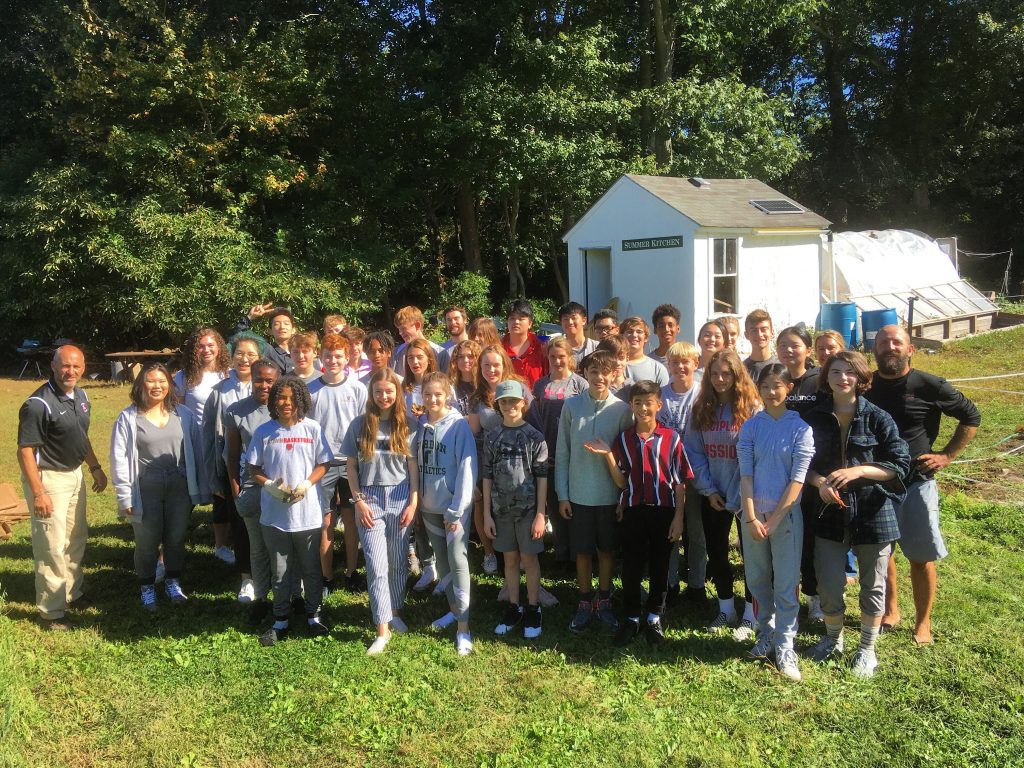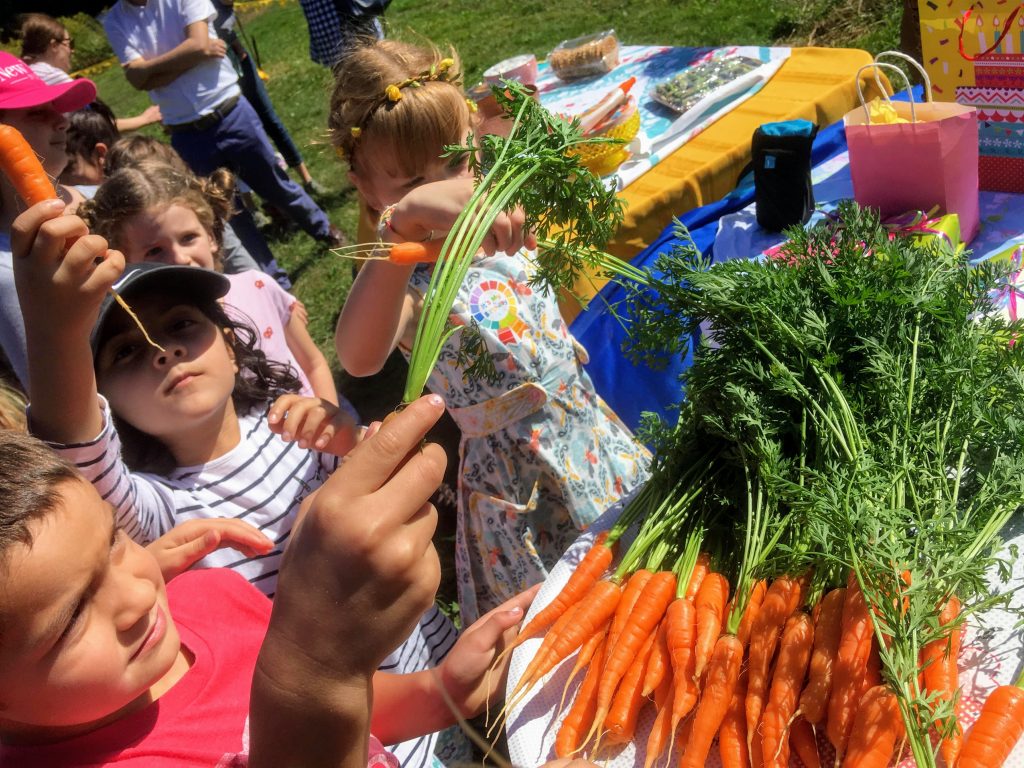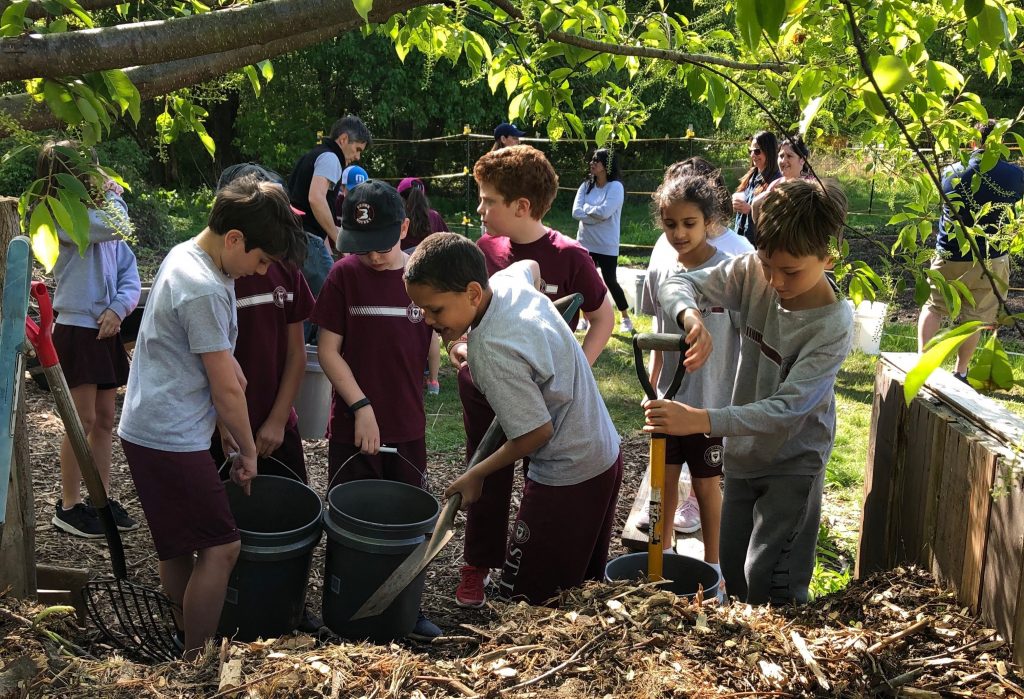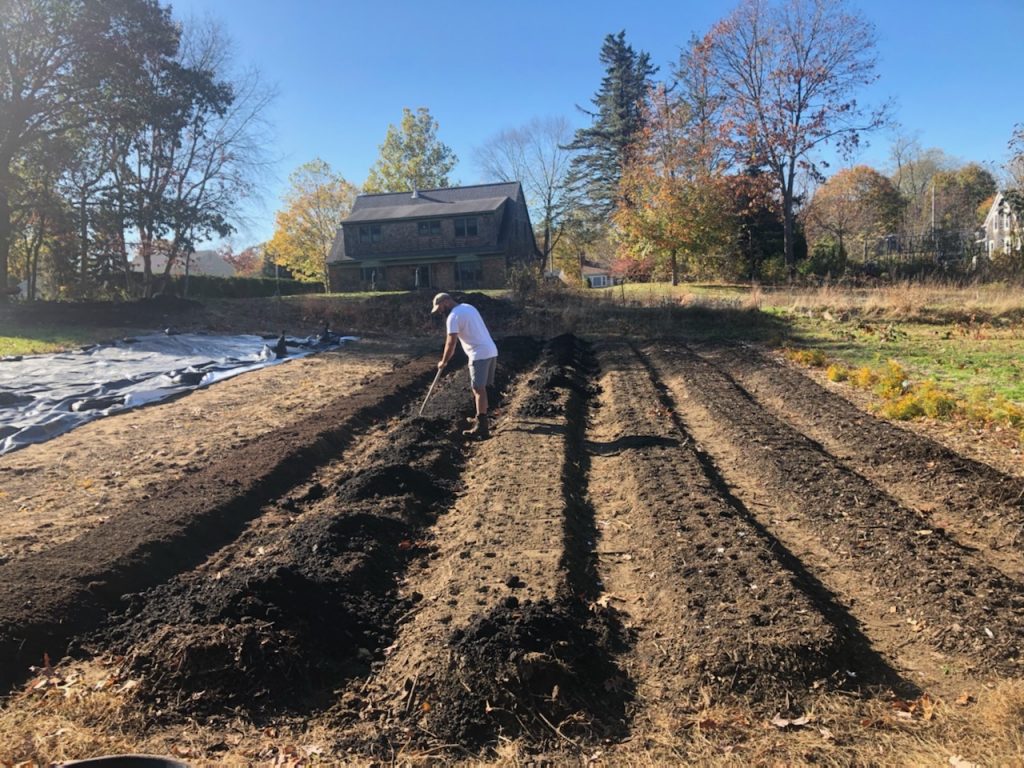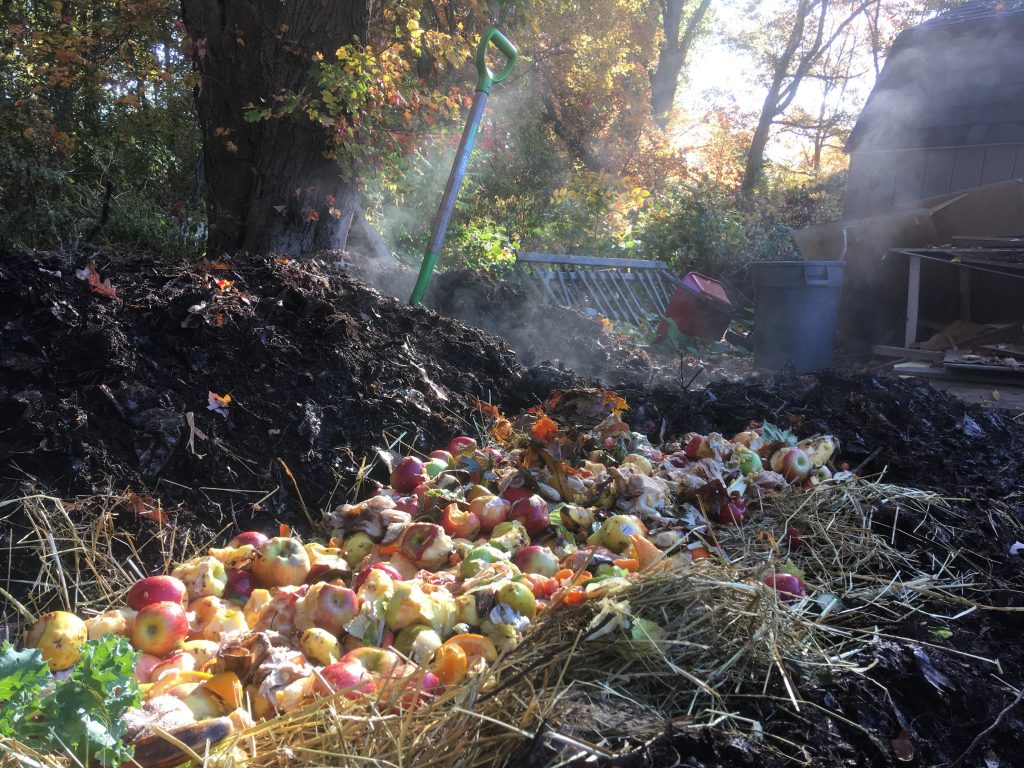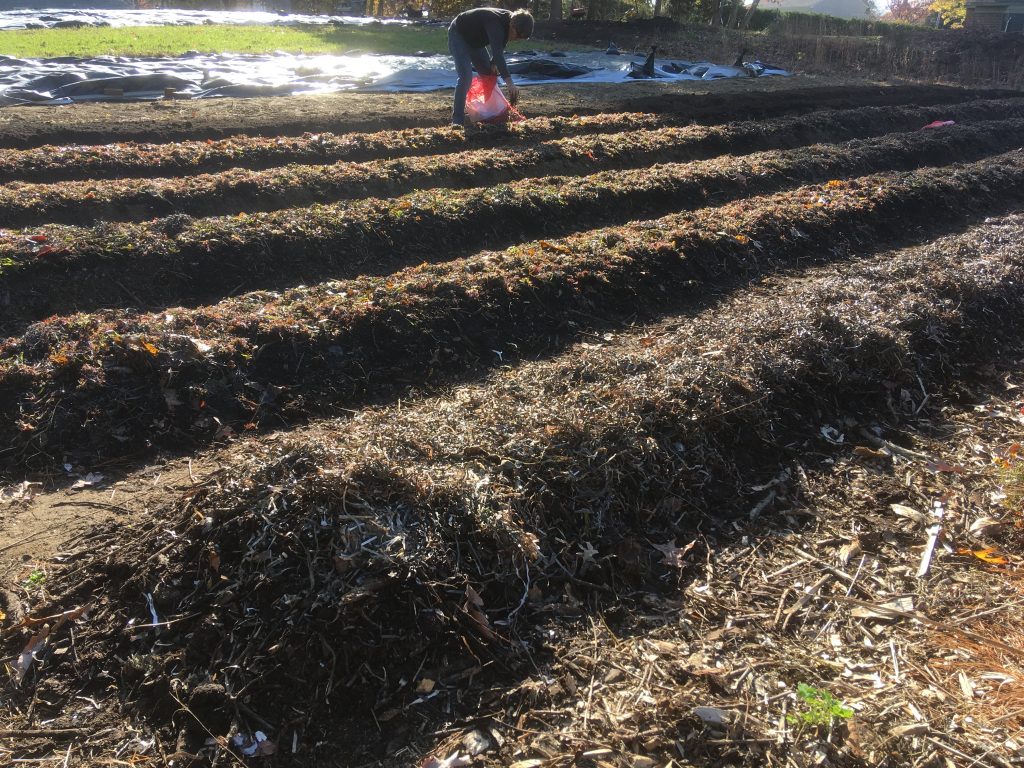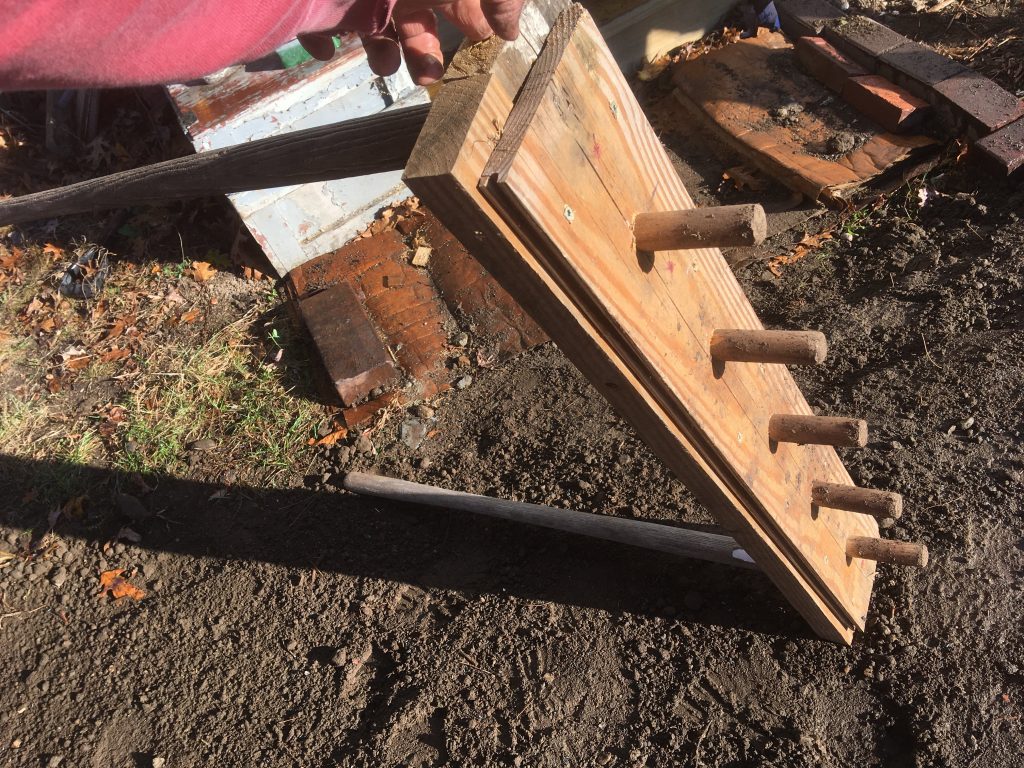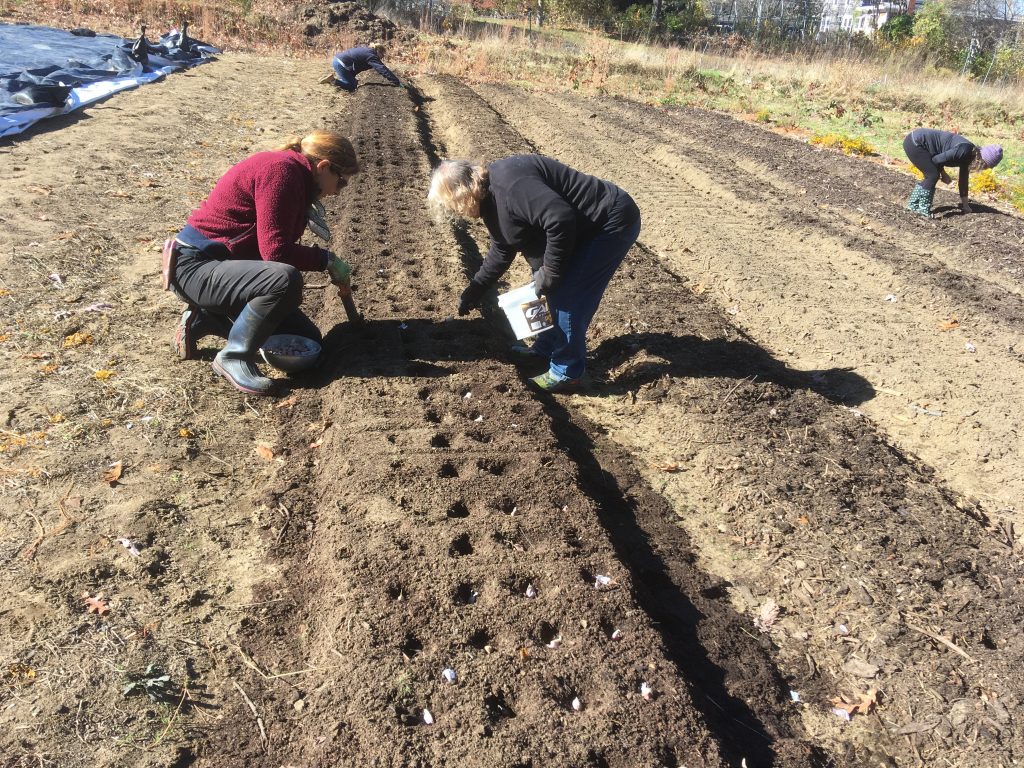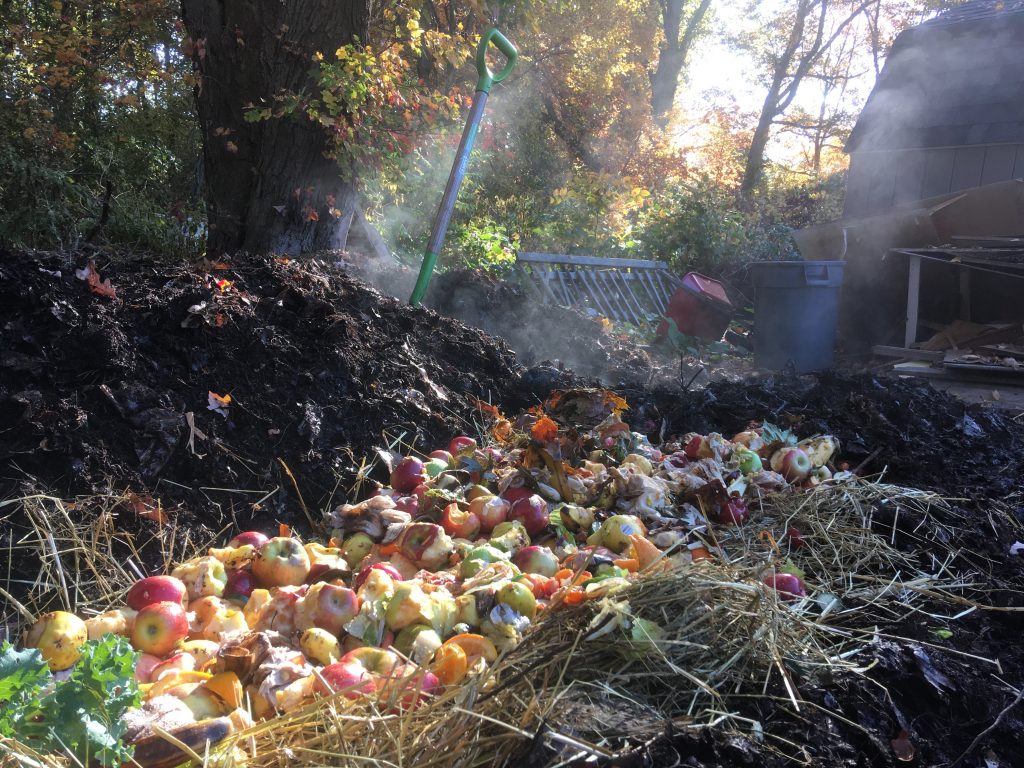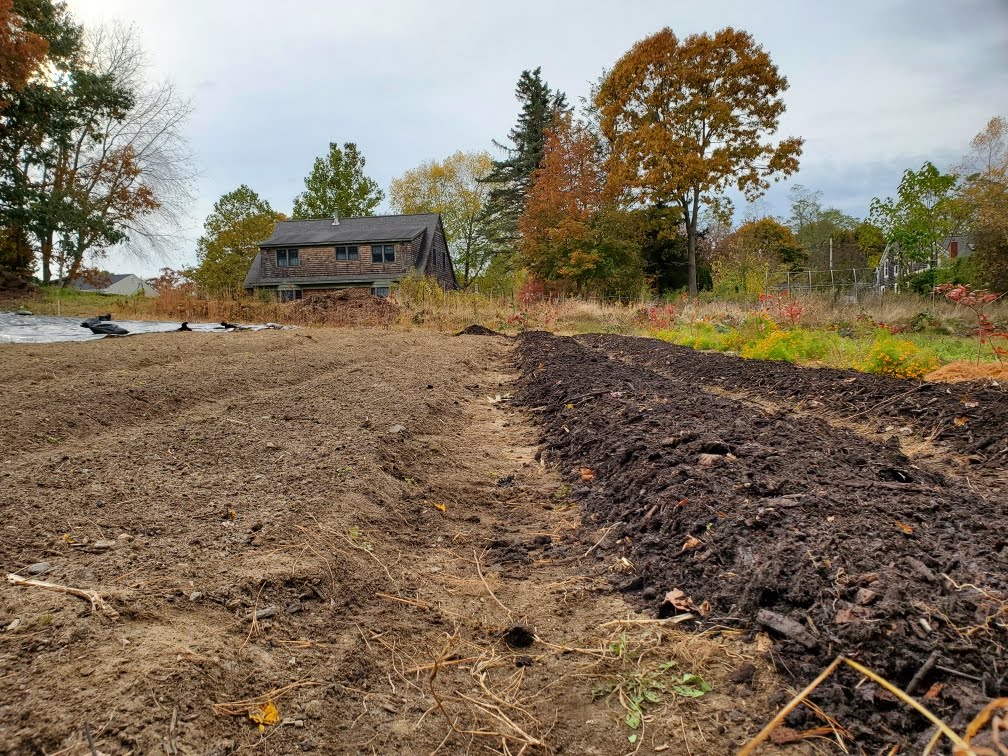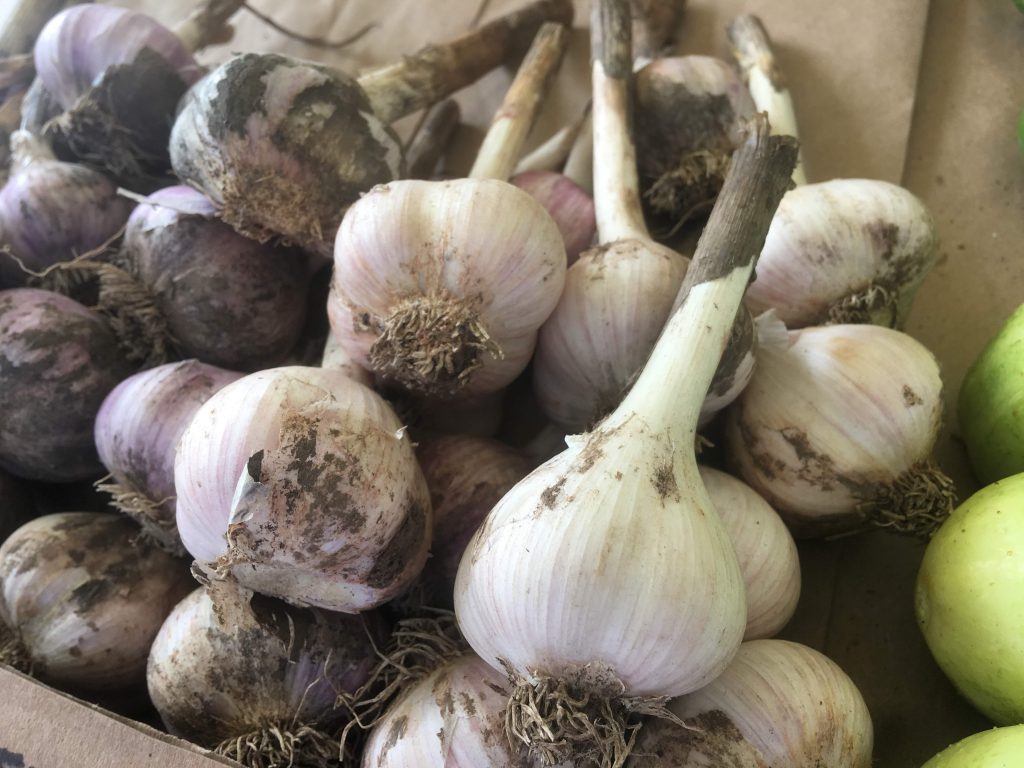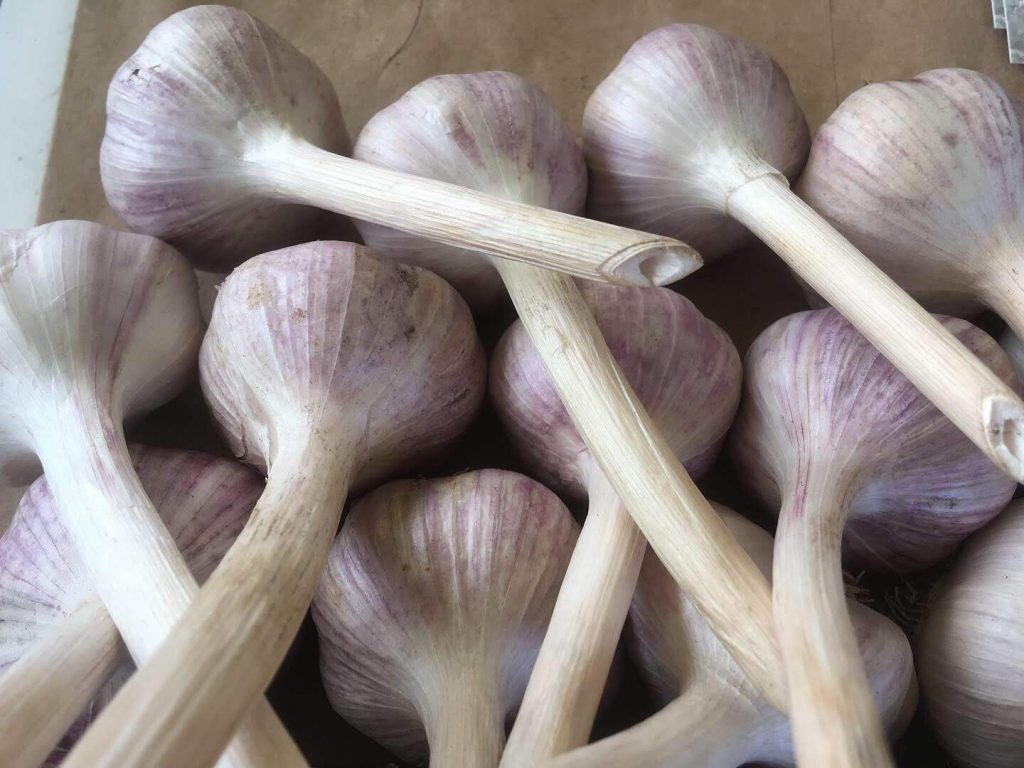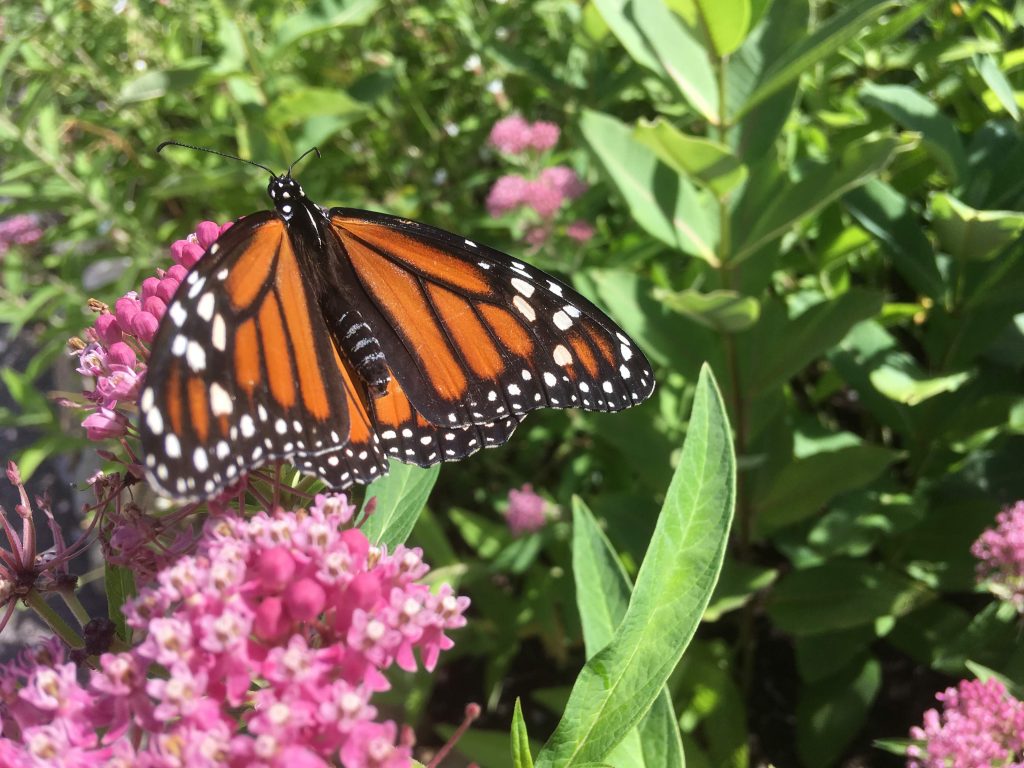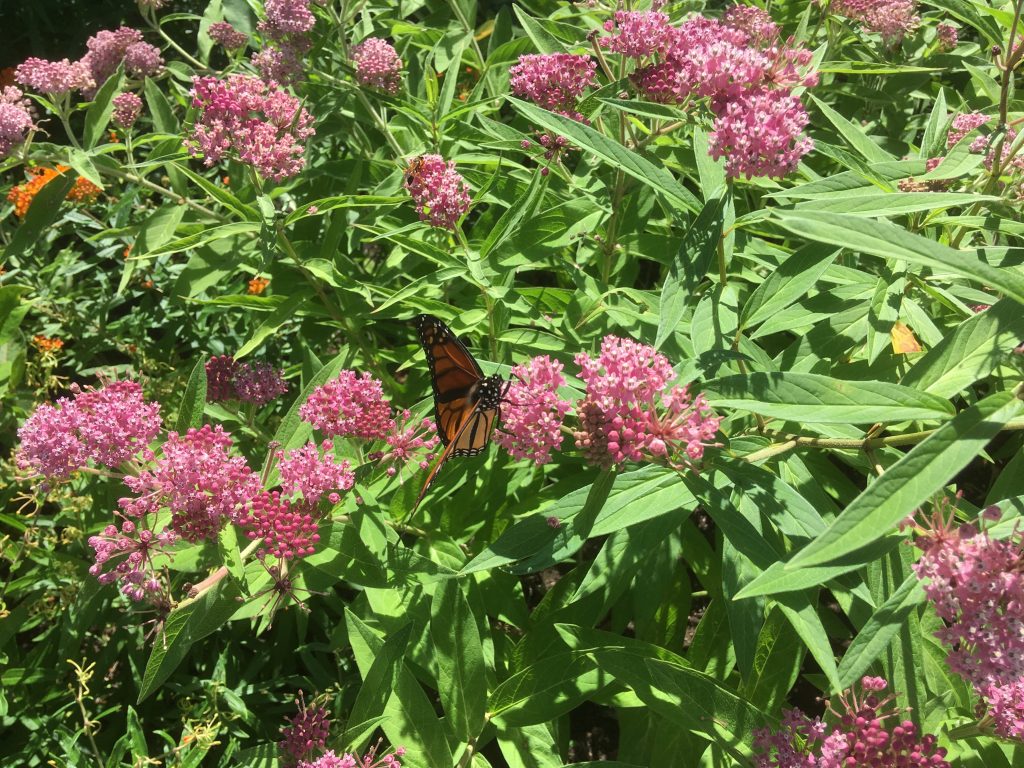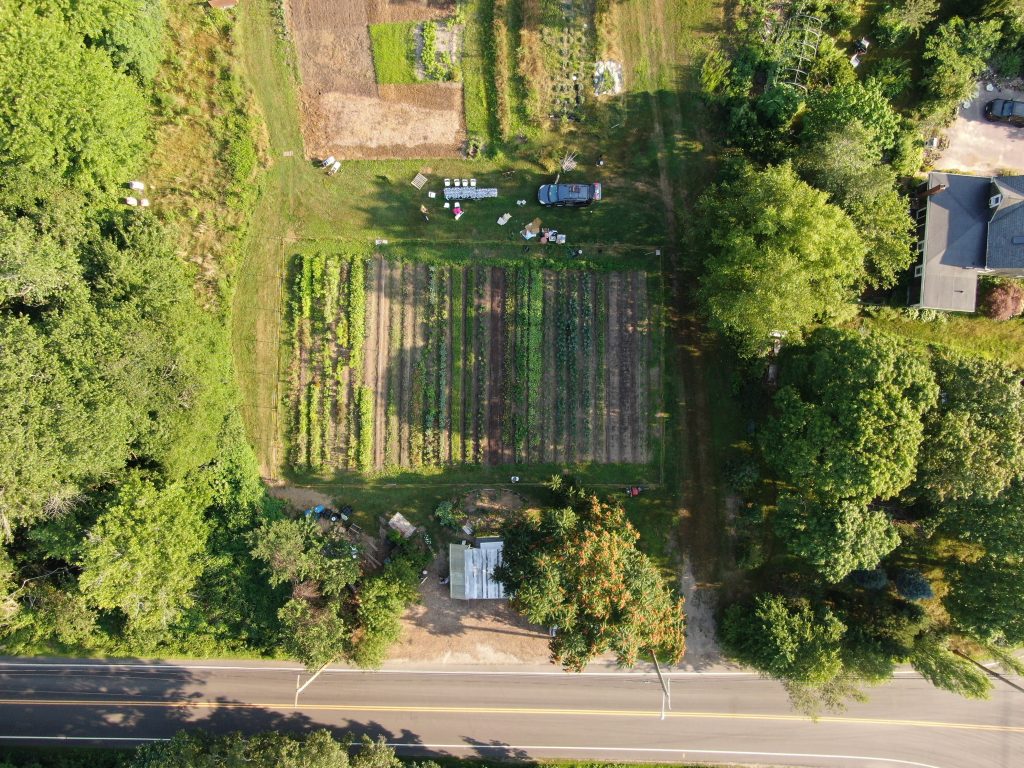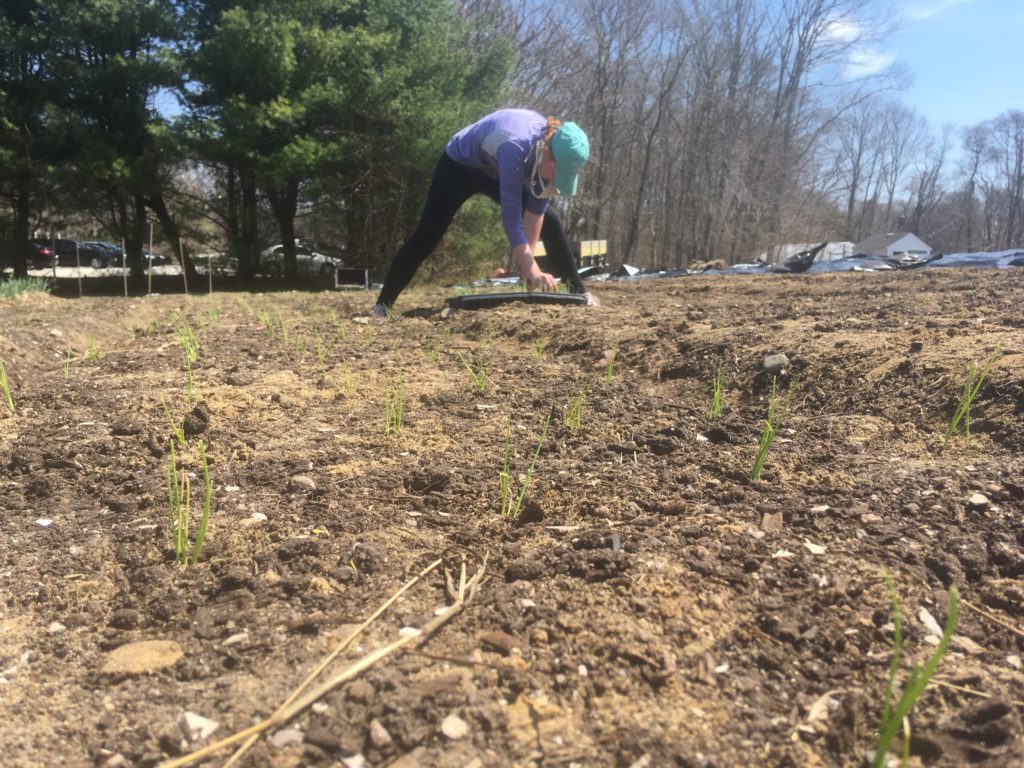
Emily transplants onions 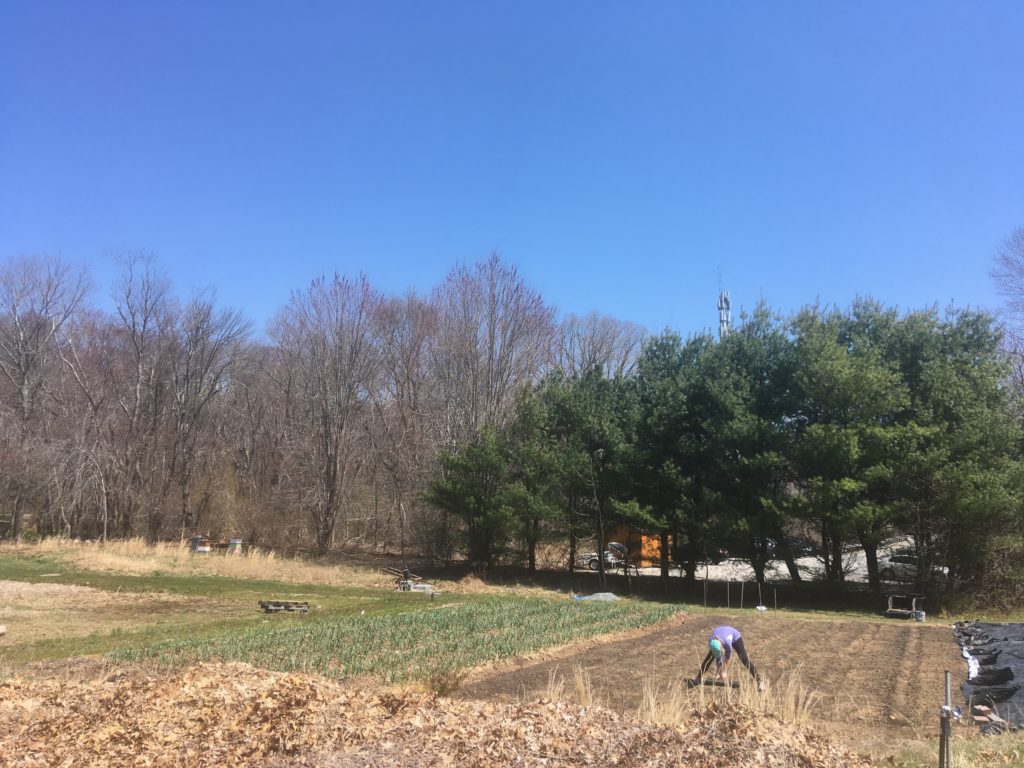
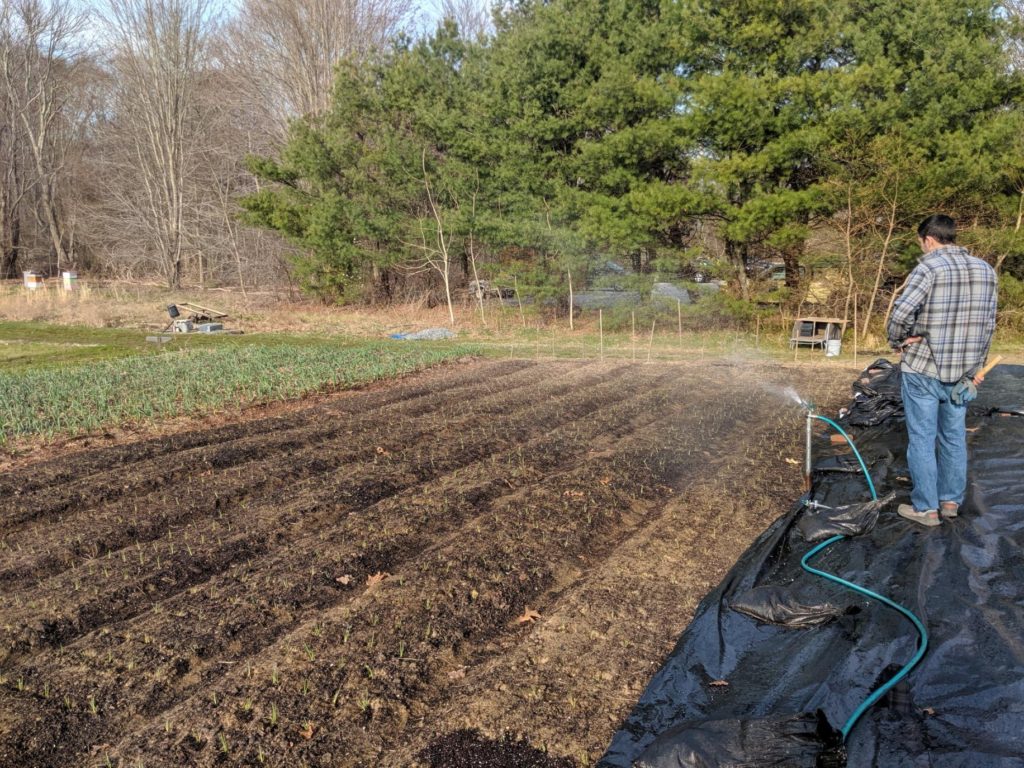
For so many, plans have been put on hold until a more appropriate time, and for now, we continue waiting out the storm. We have observed an array of responses to the situation at hand, from the early hoarding of supplies to some throwing caution to the wind.
Yet, one of the most poignant is the adaptation and resilience of farmers. All over the country, farmers are reworking their entire business model while also maintaining their usual pace of spring- prepping, seeding, planting, weeding, and around again. While markets slowly come online, farmers are coordinating drop off and pick up systems to get food to their customers.
Food, in general, has become a hot button topic. Seed companies nationwide are facing shortages as homeowners turned home gardeners are starting their own plots in the backyard. While, for some, growing their own food may be fueled by fear, others are realizing the inconspicuous and inedible values of gardening.
The calming and rejuvenating effects of being outside, the endorphin-releasing response to physical exertion, and the immune-boosting consequence of interacting with healthy soil all lead to the general enjoyment of the process. The average home gardener may not be aware of the exact science, but all the evidence they need is how good they feel after having their hands in the soil.
— Farmer E.S.
